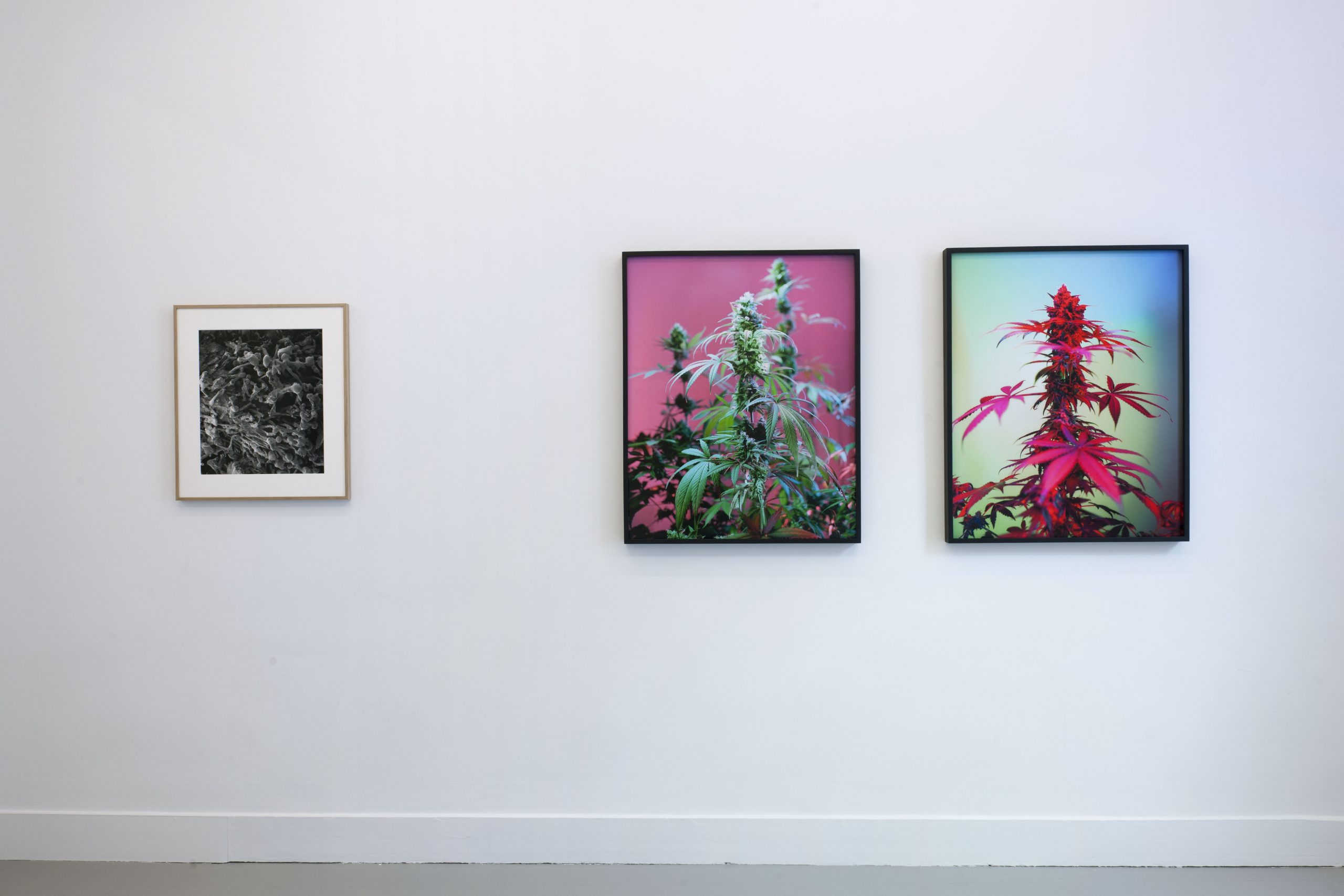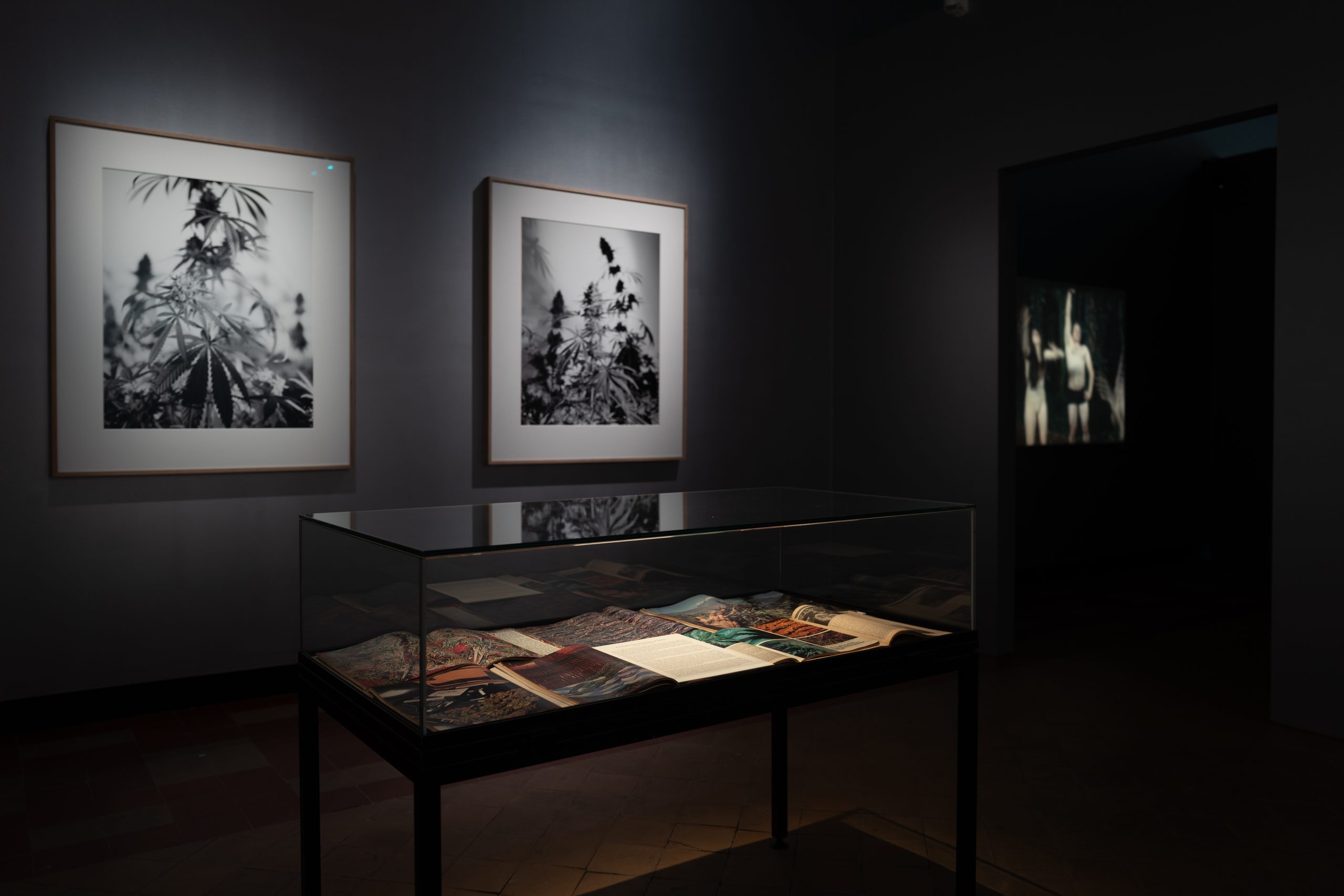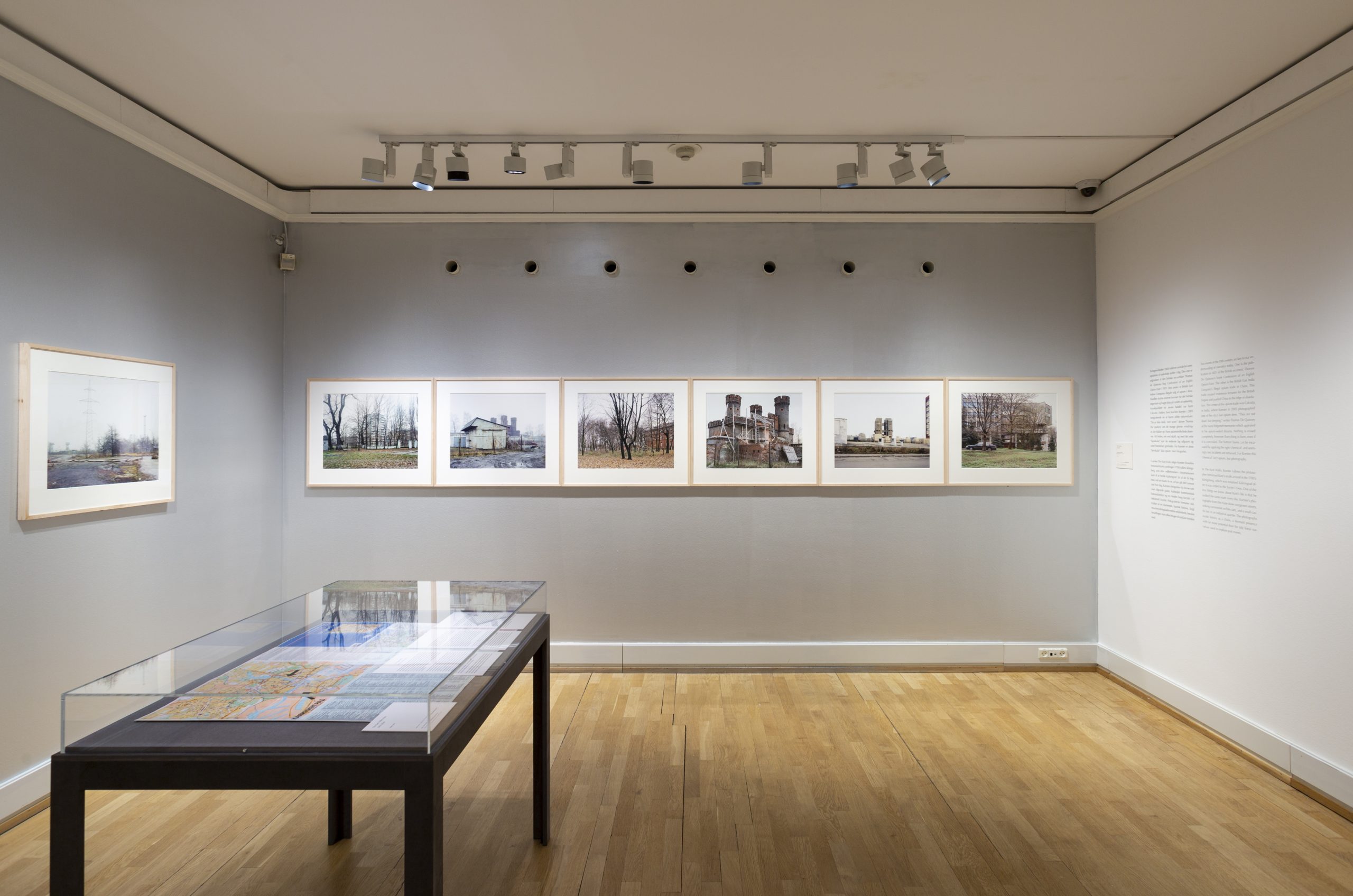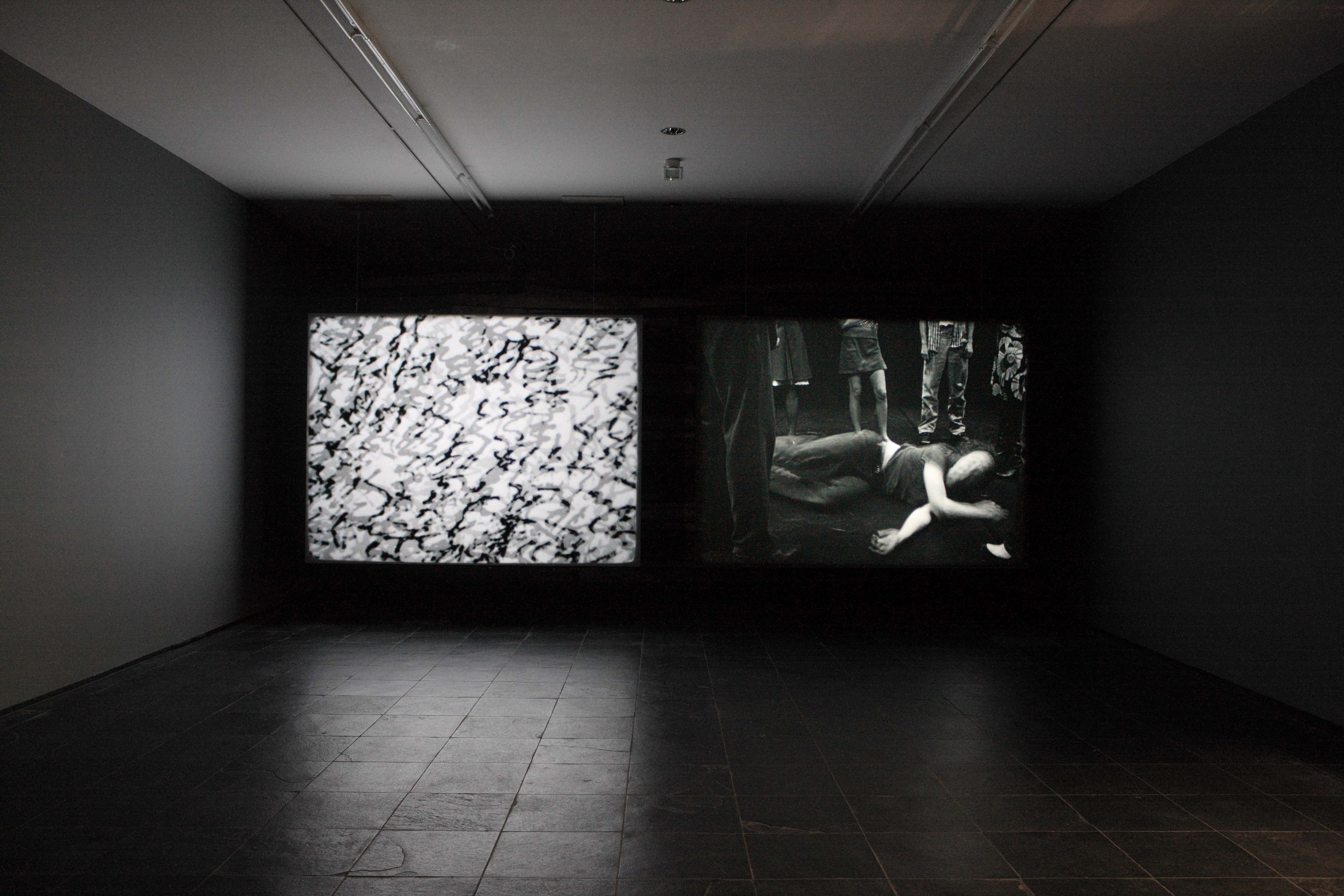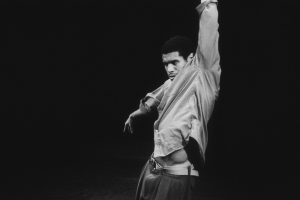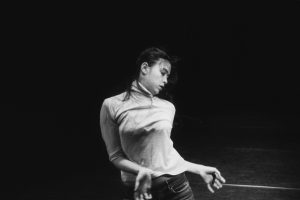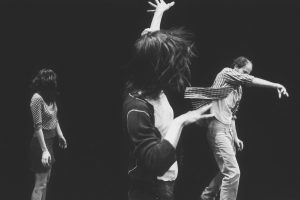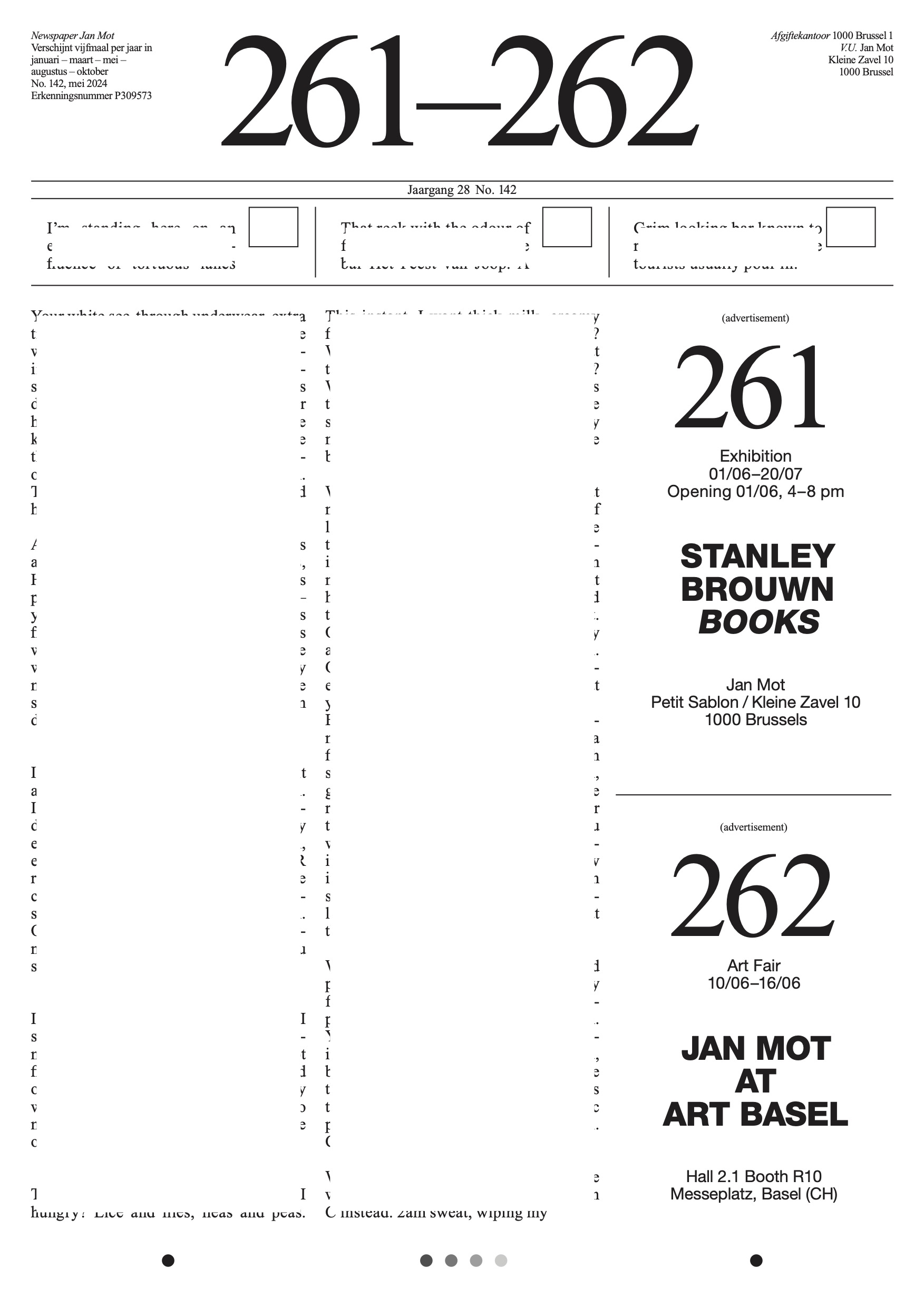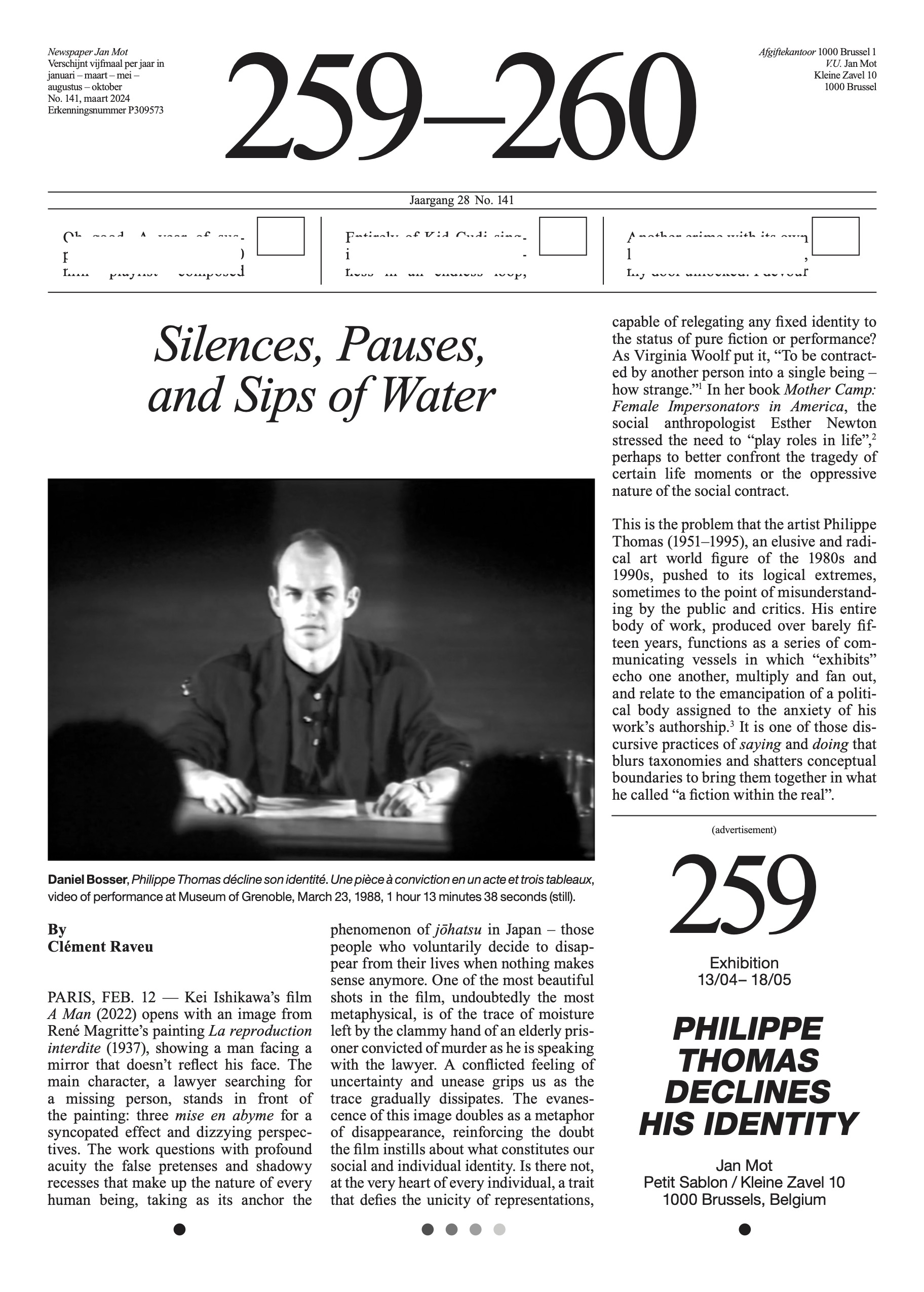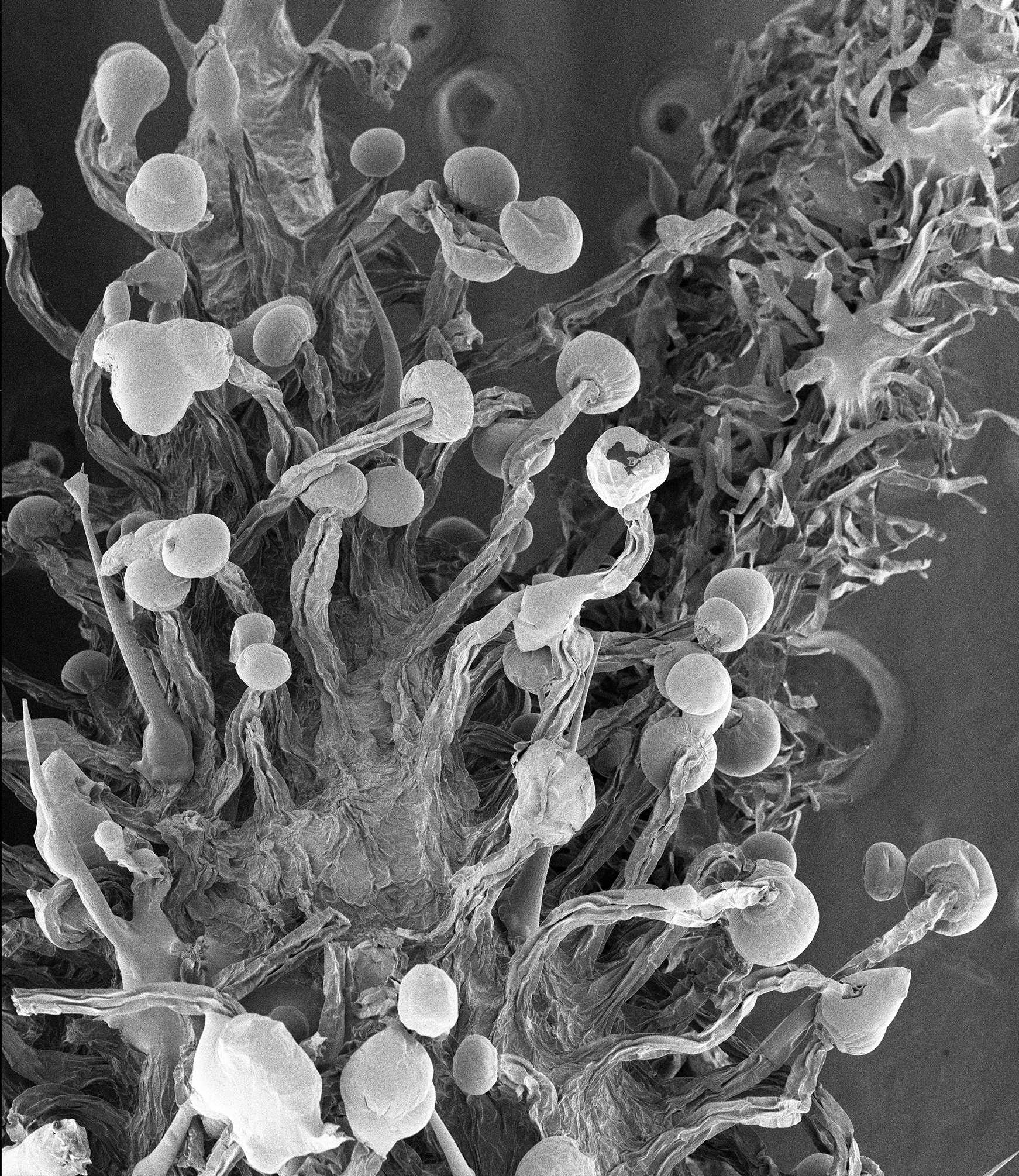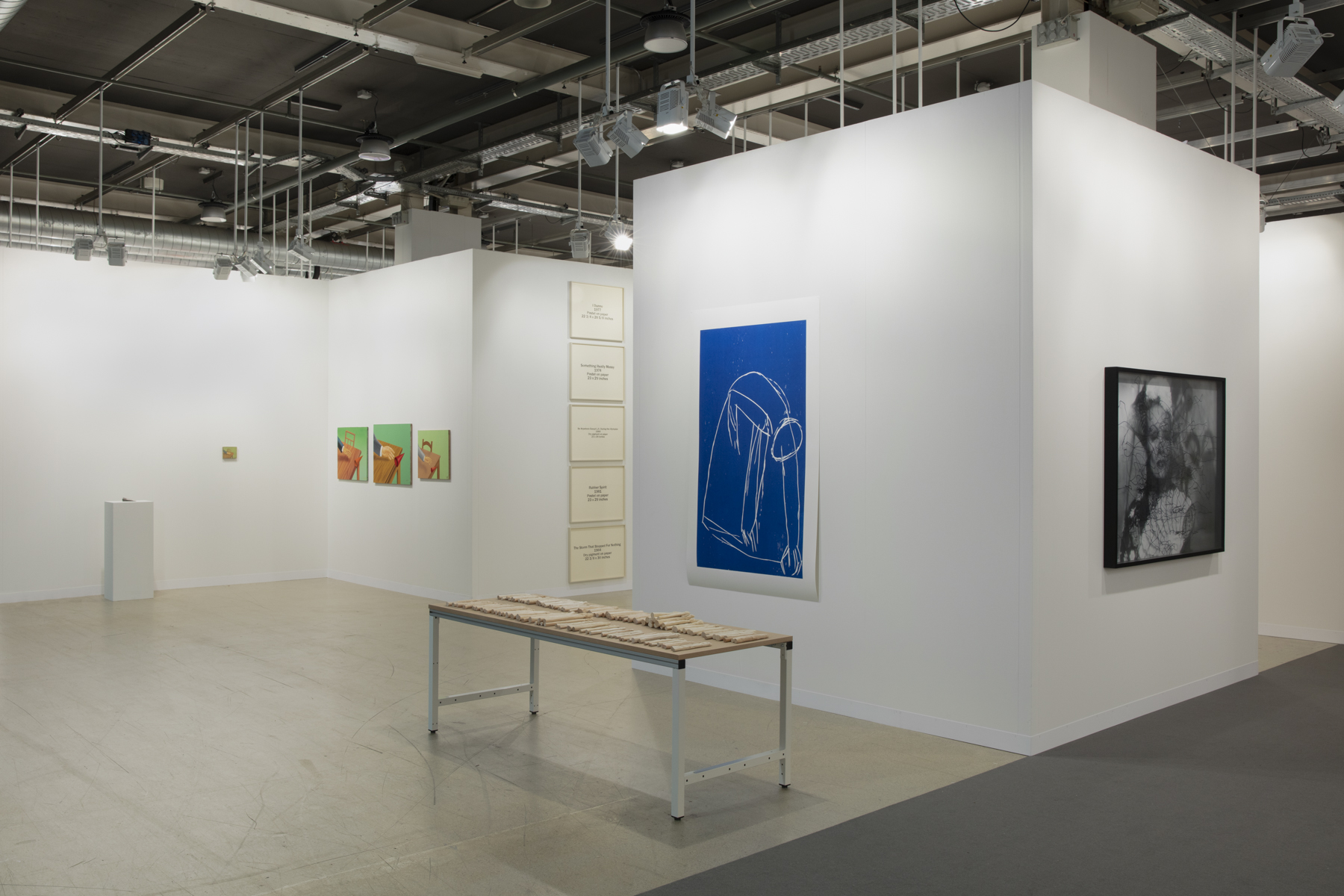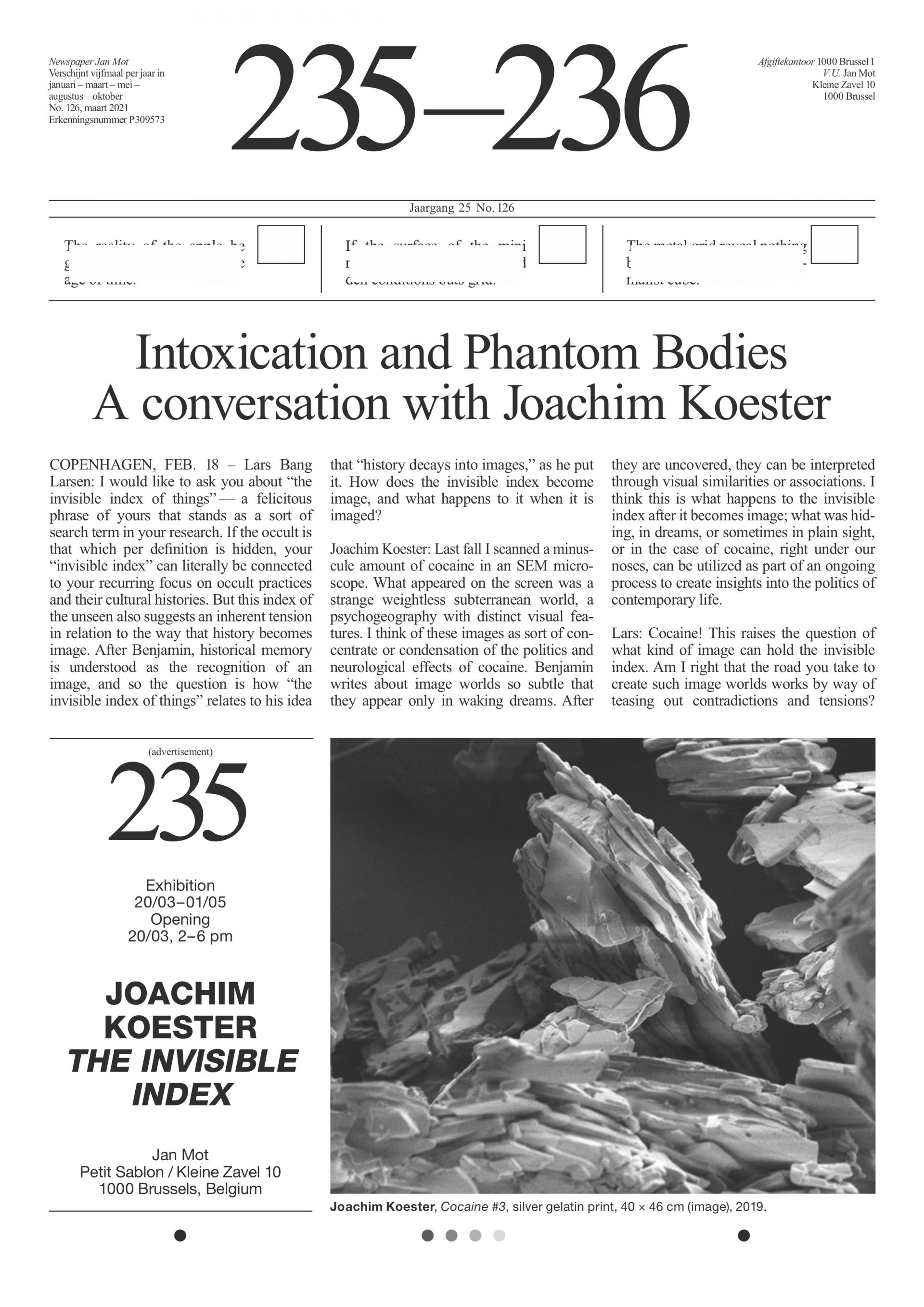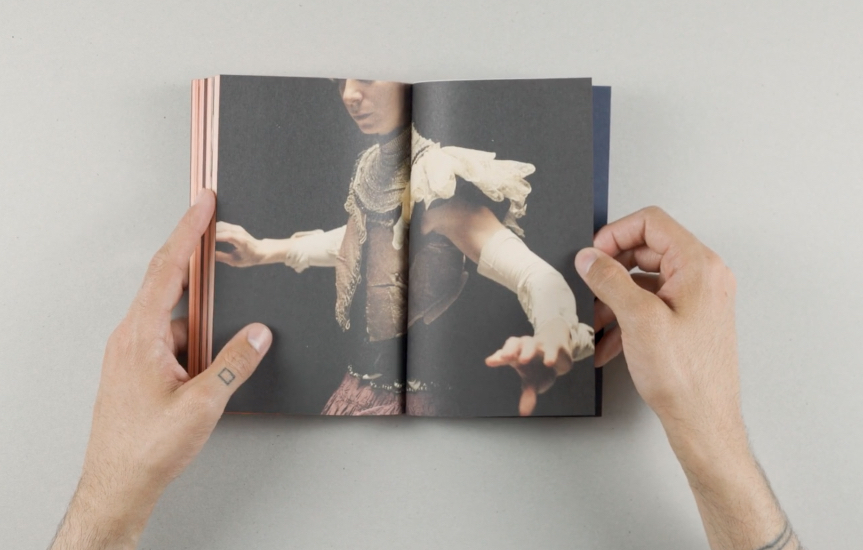Joachim Koester
Current and upcoming
Chambres des échos
Espace d'art François-Auguste Ducros (a project by IAC Villeurbanne/Rhône-Alpes), Grignan (FR)
Exhibitions at Jan Mot
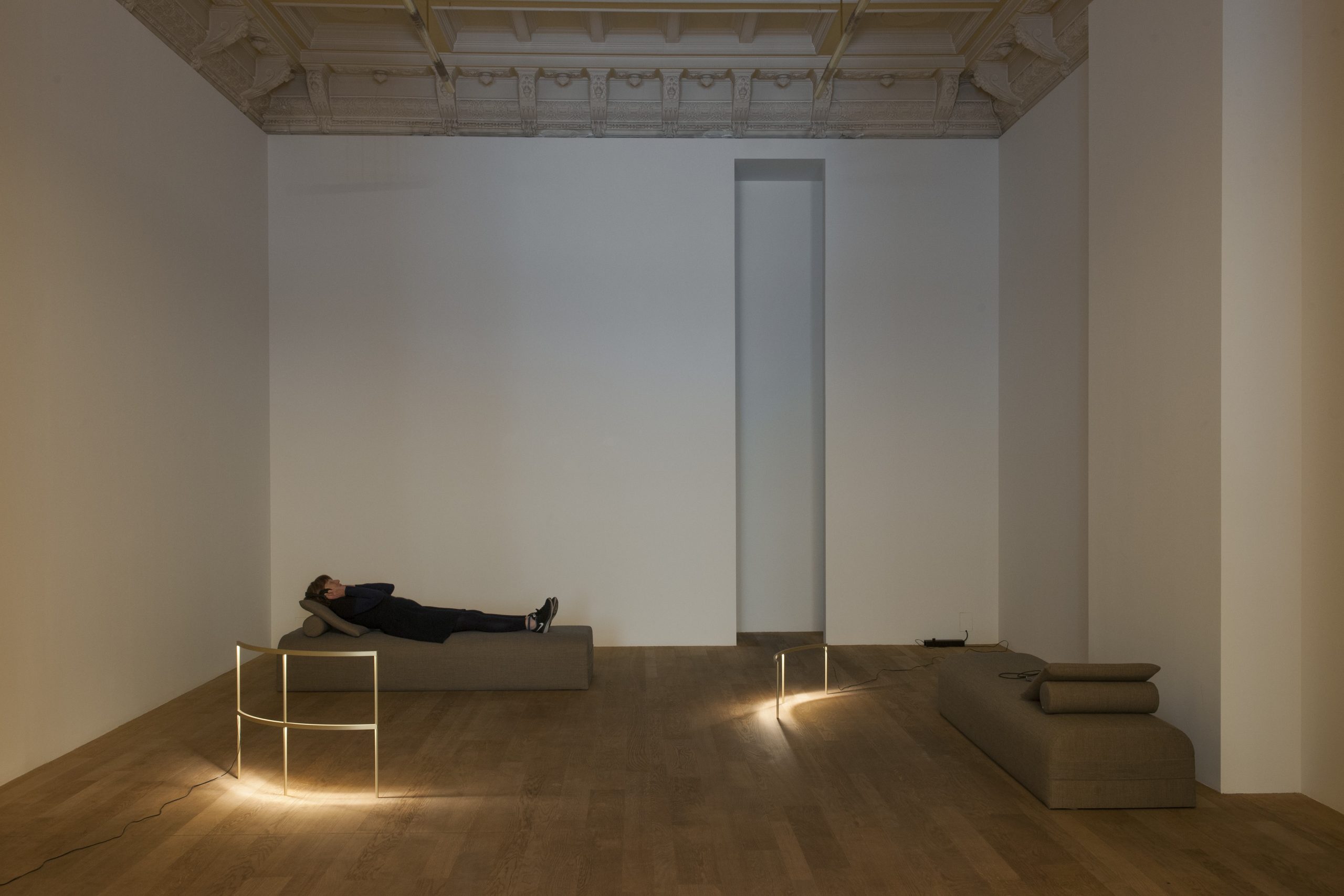
Sometimes when you blink you may see trees
Joachim Koester - Stefan A. Pedersen, sound pieces
Juliaan Lampens, daybeds
Jonathan Muecke, lamps
In collaboration with Maniera
Manon de Boer, Joachim Koester, Ian Wilson
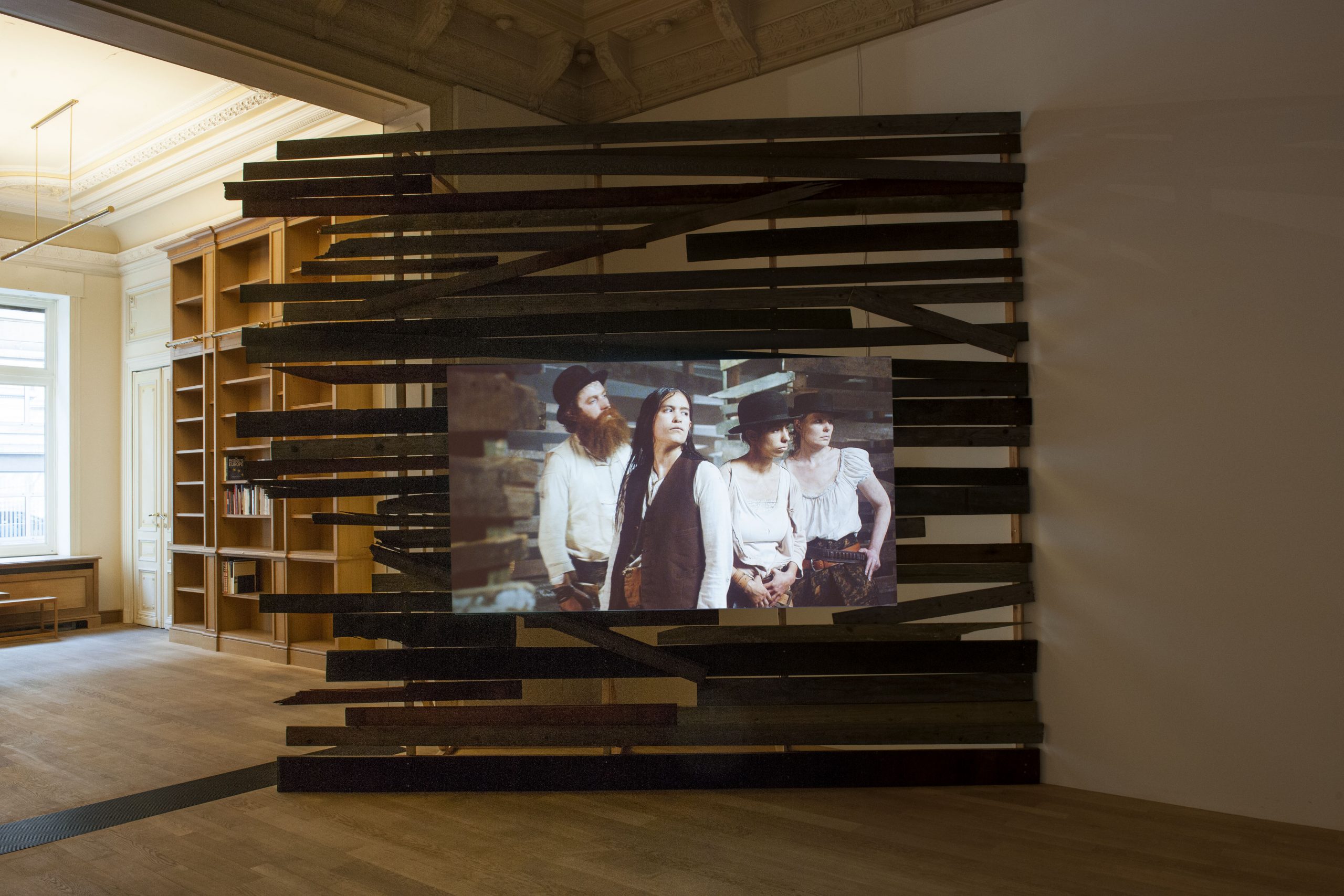
Joachim Koester
The Place of Dead Roads
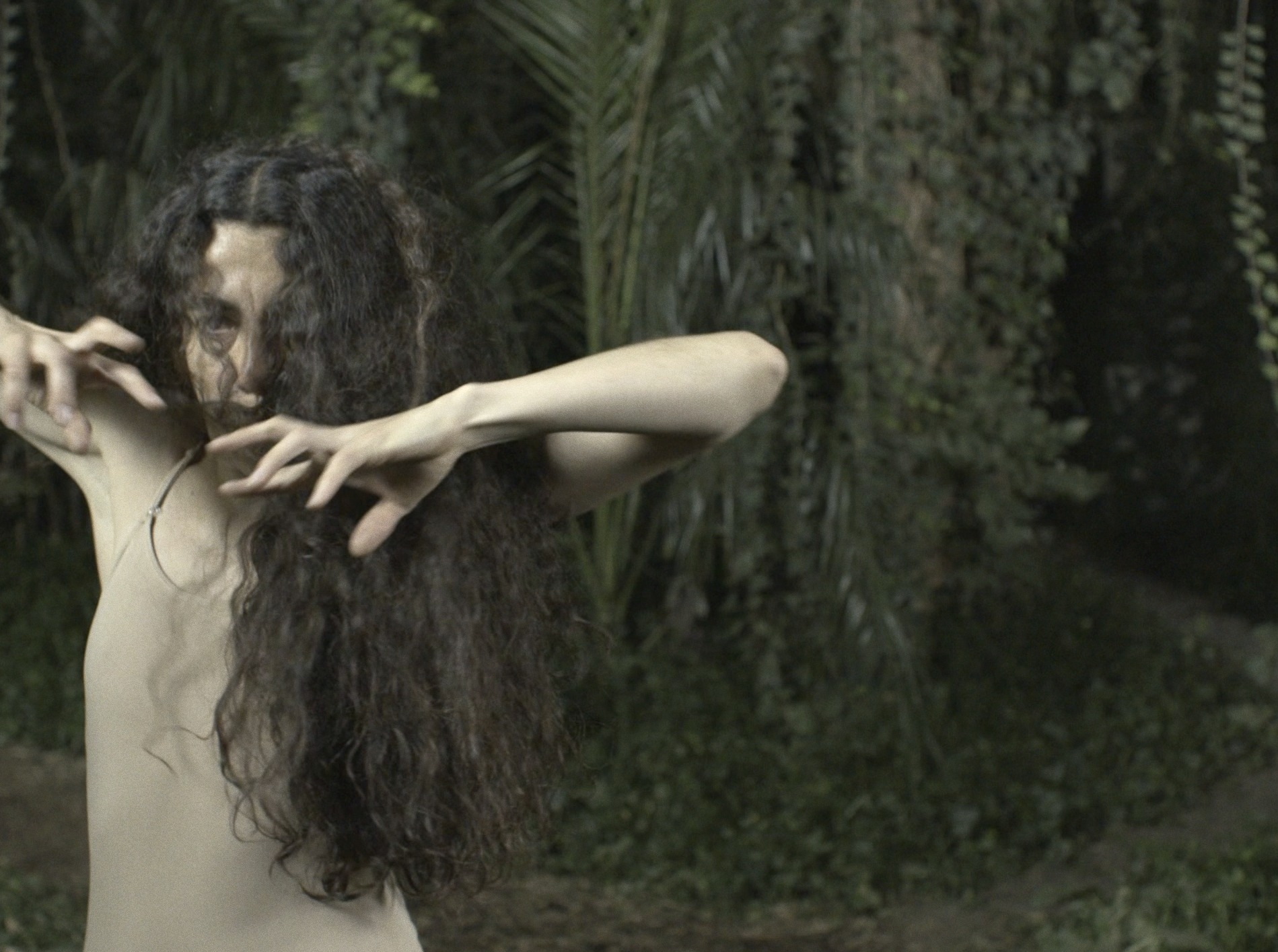
Joachim Koester
Reptile brain, or reptile body, it's your animal
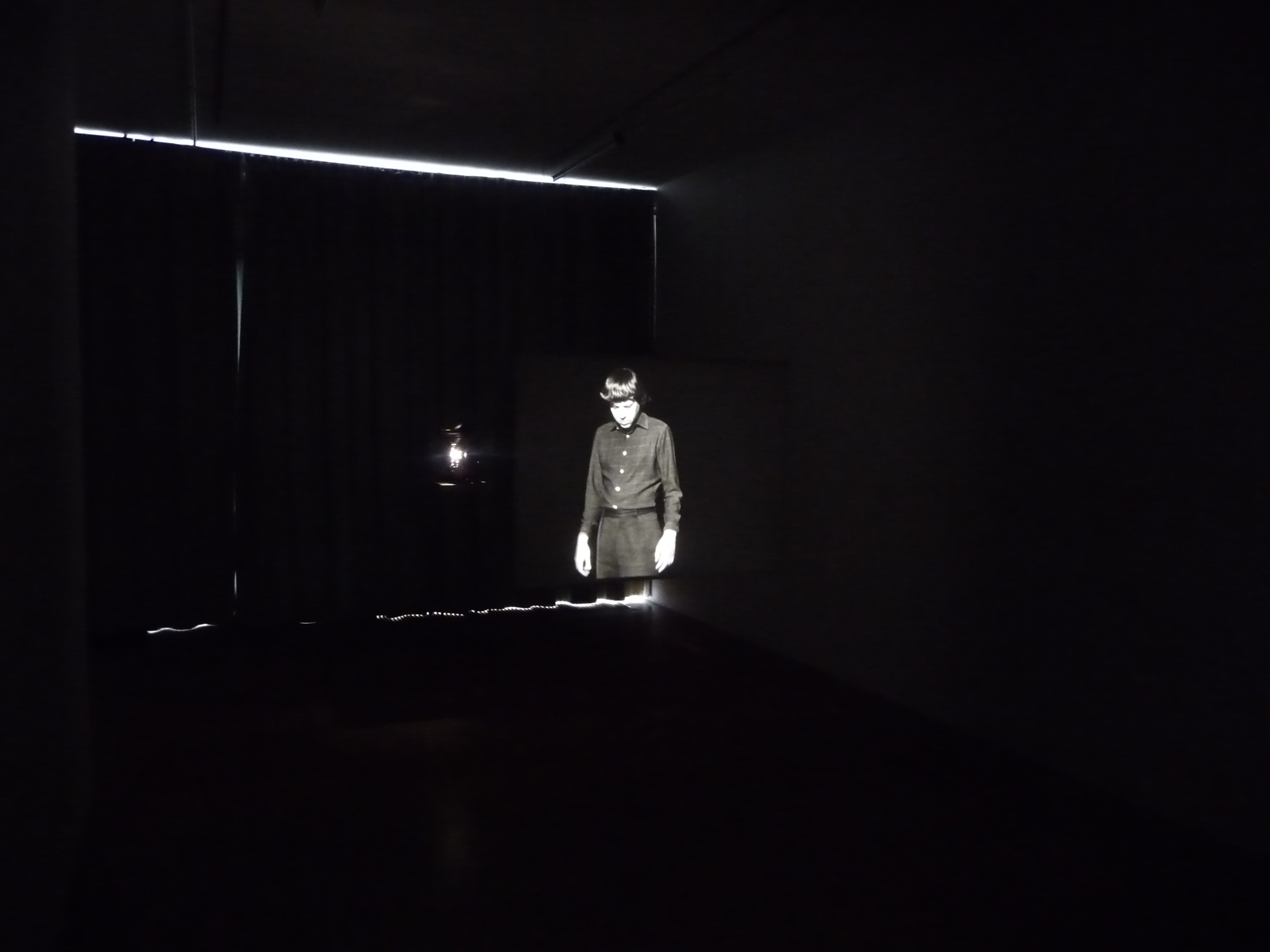
Joachim Koester
I myself am only a receiving apparatus
Joachim Koester
Histories
Joachim Koester
New Works
Robert Barry, Manon de Boer, Pierre Bismuth, Daniel Buren, Douglas Gordon Joachim Koester, David Lamelas, Jonathan Monk, Mario Garcia Torres, Ian Wilson
Today is just a copy of yesterday
Joachim Koester
The Tools of My Trade
Eija-Liisa Ahtila, Sven Augustijnen, Richard Billingham, Pierre Bismuth, Manon de Boer, Rineke Dijkstra, Honoré ∂'O, Dora García, Dominique Gonzalez-Foerster, Douglas Gordon, Joachim Koester, Sharon Lockhart, Deimantas Narkevičius, Uri Tzaig, Ian Wilson
New Space Opening Show
Joachim Koester
Row Housing
Joachim Koester
Nordenskiöld and the Ice Cap
Joachim Koester
Other exhibitions
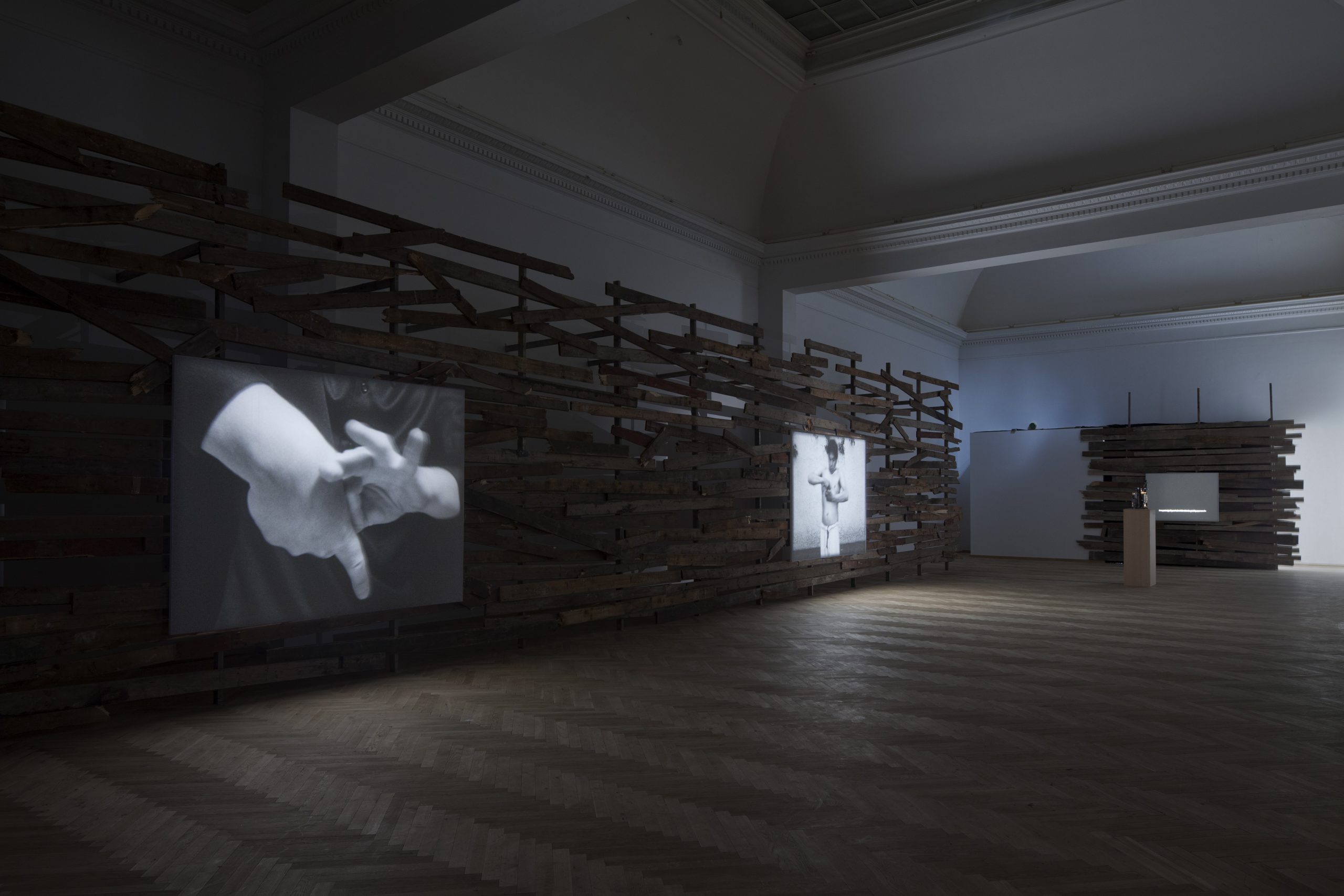
Joachim Koester
If One Thing Moves, Everything Moves
Kunsthal Charlottenborg, Copenhagen
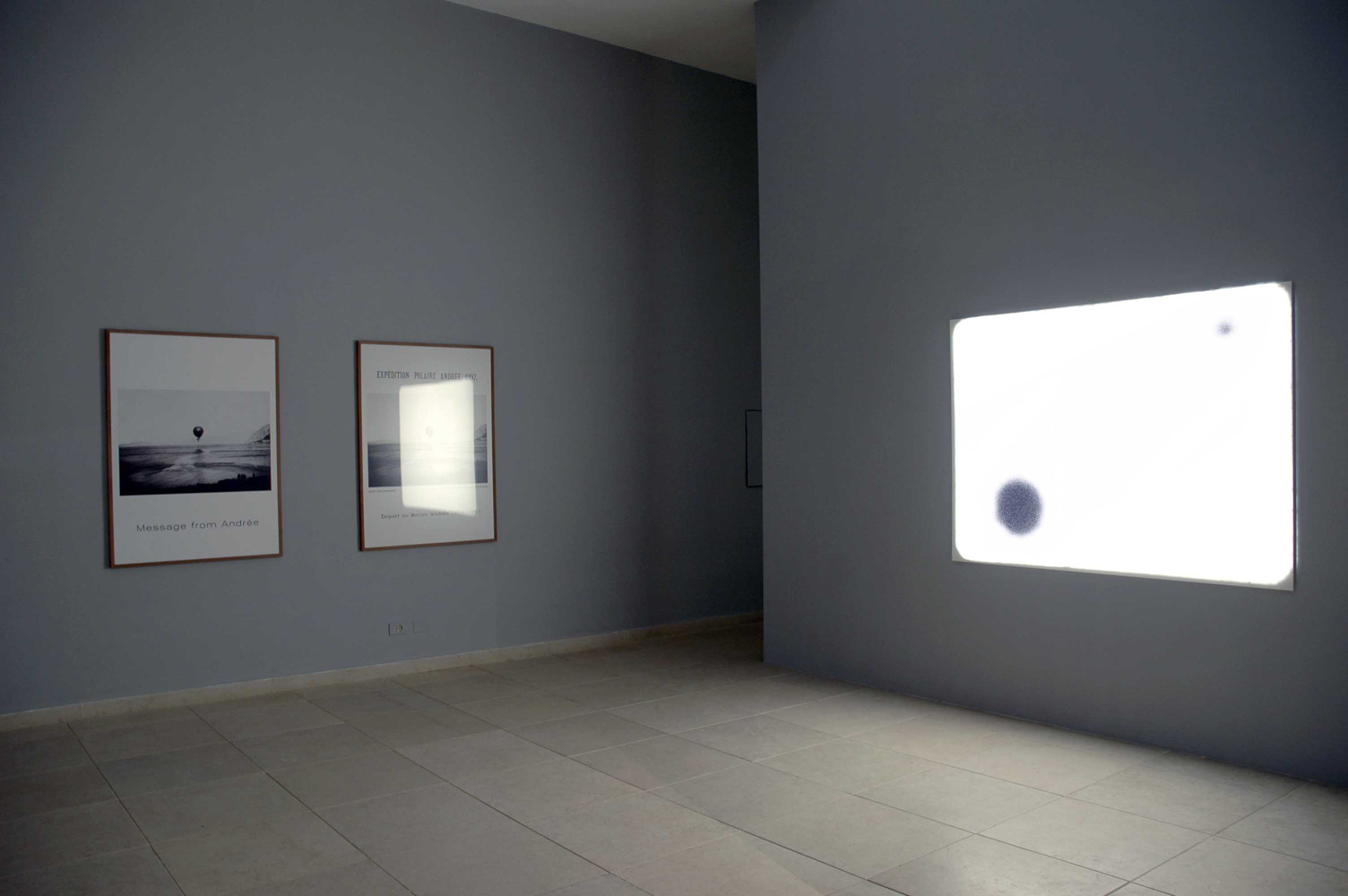
The Danish Pavilion
51st Venice Biennale, Venice (IT)
Works
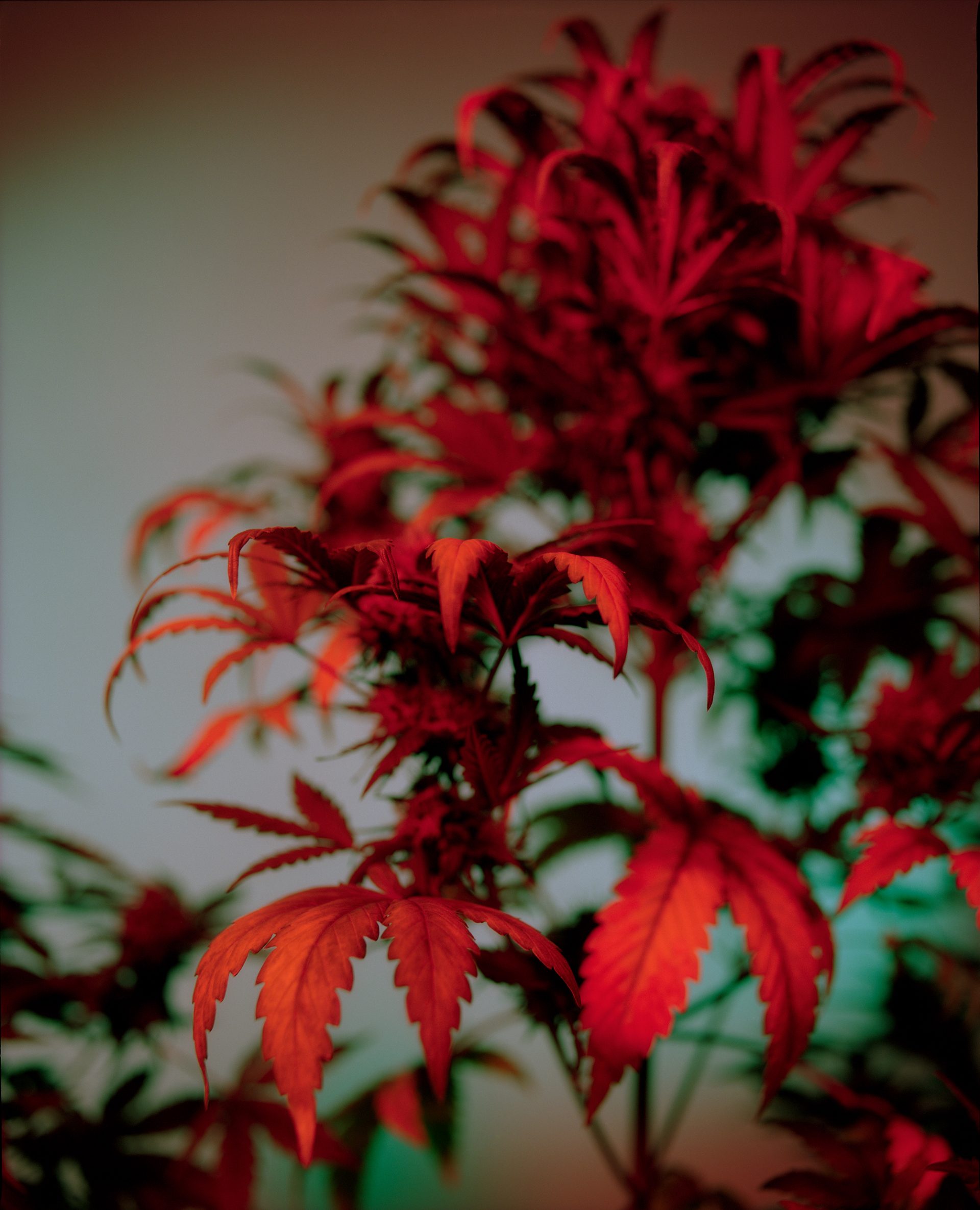
Joachim Koester
Cannabis #1, 2019
inkjet print
90 x 72,5 cm
edition of 5 and 2 A.P.
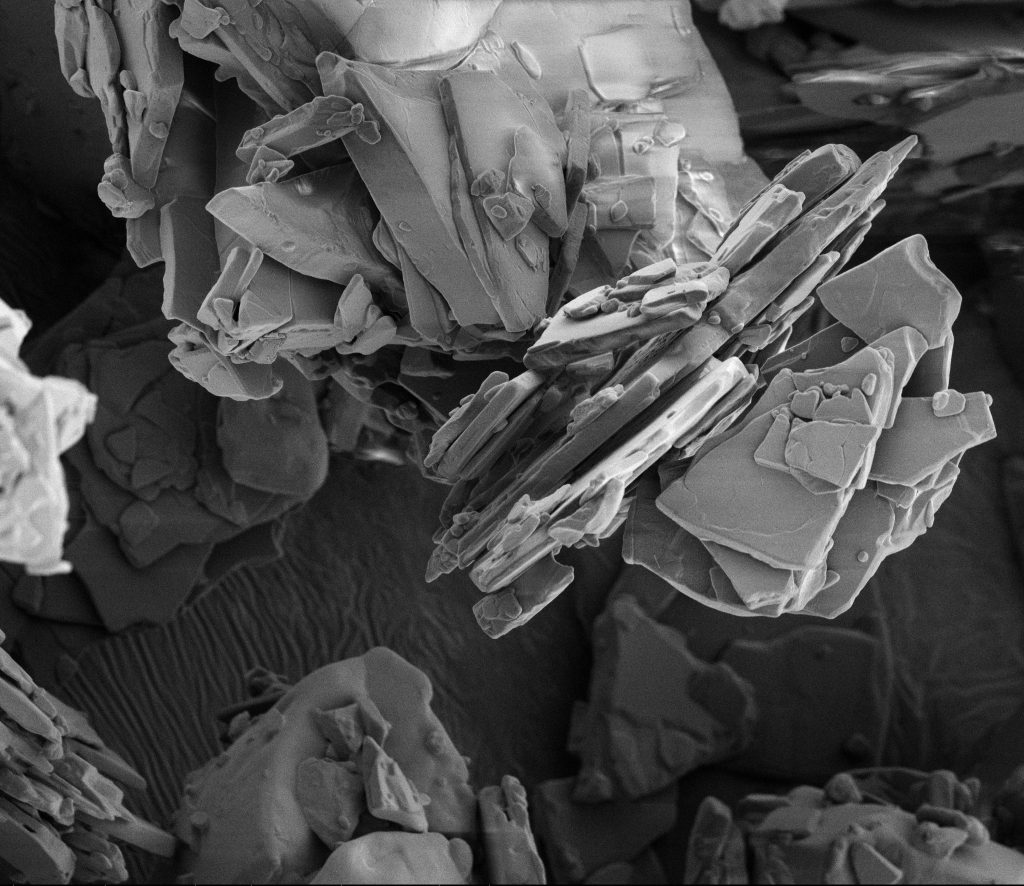
Joachim Koester
Cocaine #8, 2019
silver gelatin print
40 x 46 cm (image), 56 x 62 cm (frame)
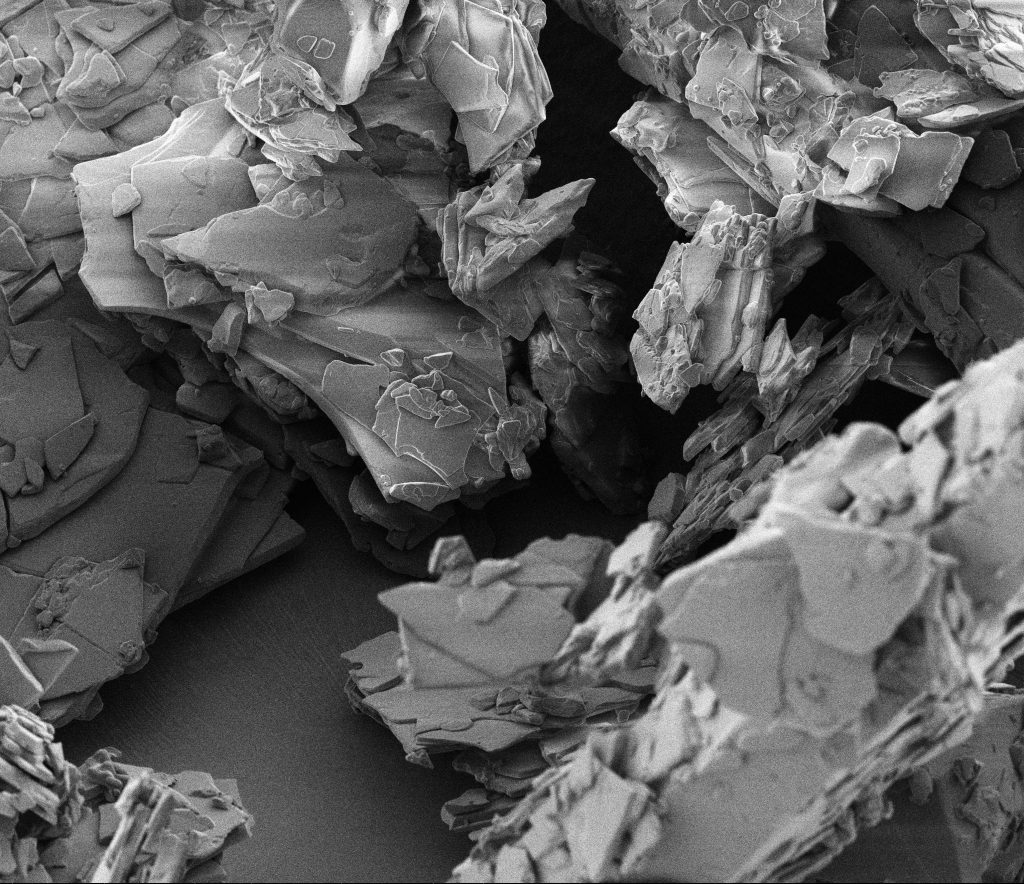
Joachim Koester
Cocaine #6, 2019
silver gelatin print
46 x 40 cm (image), 56 x 62 cm (frame)
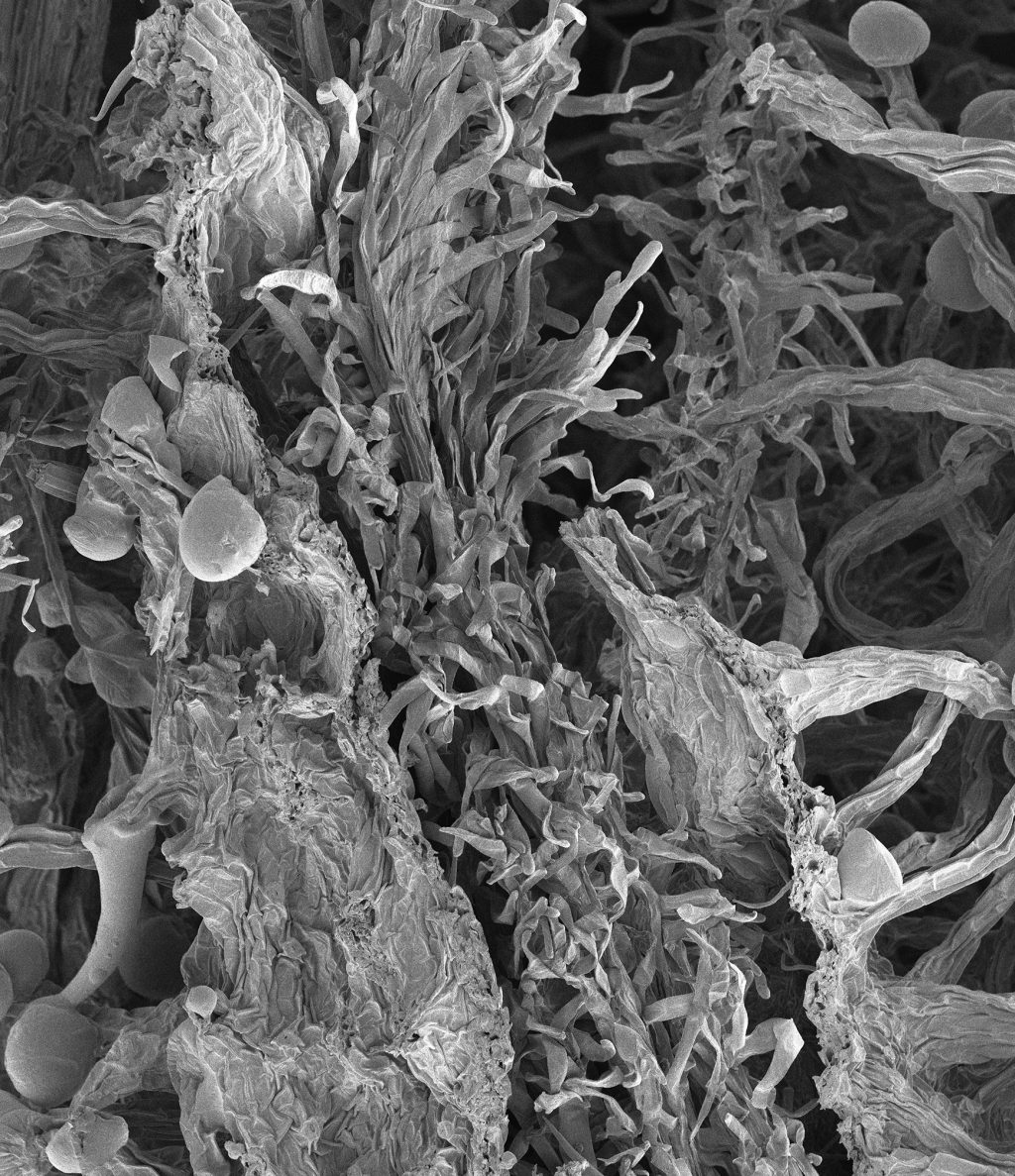
Joachim Koester
Cannabis #1, 2019
silver gelatin print
46 x40 cm (image), 62 x 55 cm (frame)
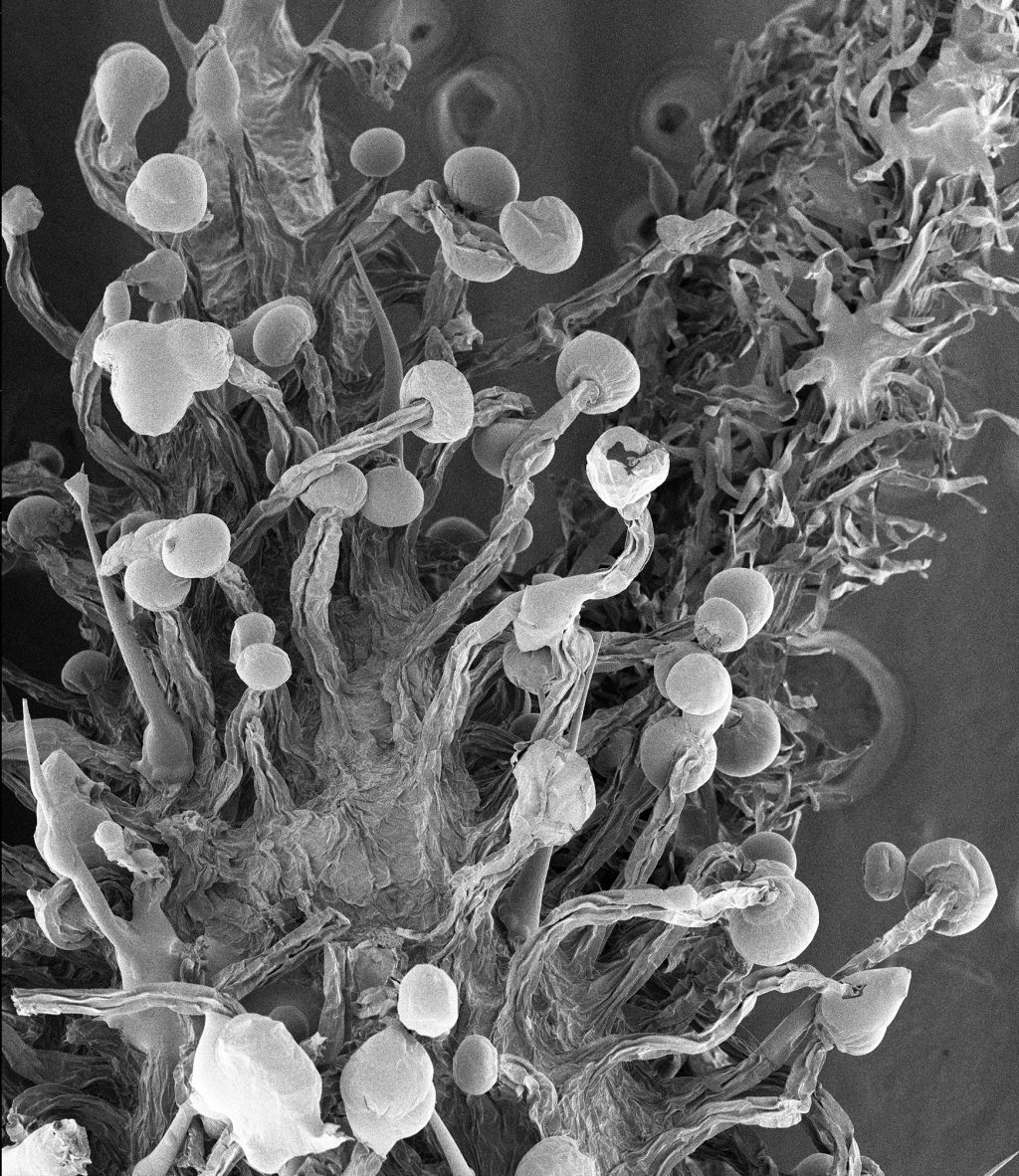
Joachim Koester
Cannabis SEM #3, 2019
silver gelatin print
46 x 40 cm (image), 62 x 55 cm (frame)
Joachim Koester
Maybe this act, this work, this thing, 2016
video, colour, sound
20 minutes
edition of 5, 2 A.P.
(excerpt)
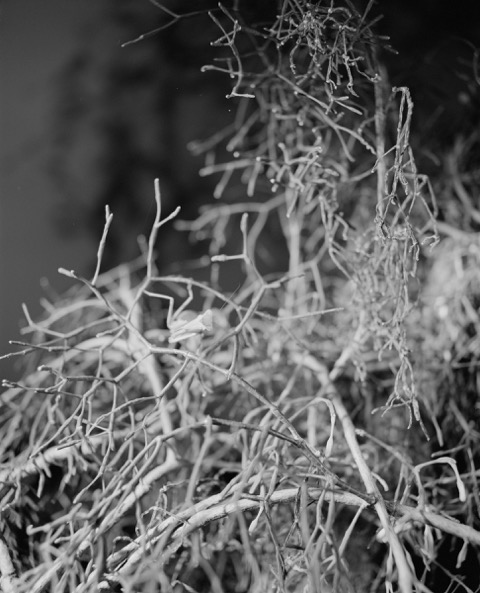
Joachim Koester
H. Grandis (1), 2015
inkjet print, framed
112 x 87 cm (frame)
edition of 5 and 2 A.P.
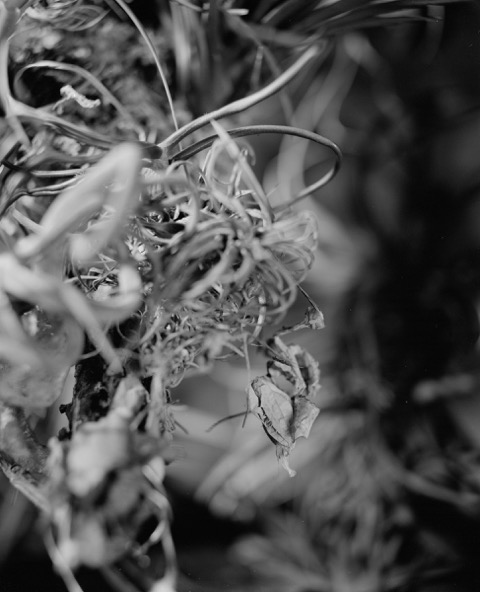
Joachim Koester
Idolomantis diabolica (2), 2015
inkjet print, framed
112 x 87 cm (frame)
edition of 5 and 2 A.P.
Joachim Koester
The Place of Dead Roads, 2013
16 mm transferred to HD video, color, sound
33 minutes 31 seconds
edition of 7 and 2 A.P.
(excerpt)
In the video installation, The Place of Dead Roads, four down-and-out androgynous cowboys engage in the ritual of posing, circling, drawing guns, shooting and other gestures linked to the Western film genre. Rather than being driven by a narrative, their actions are motivated by hidden messages transmitted from a world deep within their bodies. Gradually, as the cowboys engage in an exploration of these dark sensations, the jerks and involuntary movements of their actions come to resemble an odd kind of dance. The setting is a subterranean world that resembles a dust-ridden gold mine. The cowboys roam through this confused maze of underground hallways, rooms, and spaces.
I kept thinking of a quote by Wilhelm Reich while working on this project: “Every muscular contraction contains the history and meaning of its origin.” I'm probably reading something different into "history and meaning" than Reich would, but I find it interesting to see the drawing of guns in this context. The gesture becomes embedded as a memory and history on a micro muscular level. Staying within the Reichian terminology, The Place of Dead Roads also contains sparks of hope. The “happy dance,” the hypnagogic disco-like movements that occasionally take possession of the cowboys, can be seen as an attempt to end the spell of historic violence by breaking through what Reich referred to as “body armor.”
The title, The Place of Dead Roads, is derived from a William S. Burroughs novel about time-traveling gun slingers from the Wild West on a quest for immortality. Burroughs explained that roads are not dead because they are “unused,” but because they are "used by the dead." In my film, these “dead roads” are transformed into a “shadow realm,” a labyrinthine territory where the traversing cowboys compulsively repeat the gestures related to a shootout.
by Joachim Koester
Joachim Koester
Maybe one must begin with some particular places, 2012
16 mm film, black and white, silent
2 minutes 48 seconds
edition of 5 and 2 A.P.
(excerpt)
In the late 1960s, the Polish theatre director Jerzy Grotowski abandoned theatre to create a system of “motions” and “spatial practices” that made him one of the main contributors to contemporary performance. Grotowski replaced the conventional structure of drama with improvised activities, games and a psychophysical system of exercises to train and refine the bodily and mental awareness of the actor.
Exploring the intersection of performance, anthropology and ritual, Grotowski developed works that would last for days or weeks. They would take place – often without an audience – at remote locations, like an old farmhouse in rural Poland, an abandoned castle or the deserts and jungles of Mexico.
Grotowski visited Mexico in 1968 and several times after that. During one of these trips, in 1985, Grotowski planned and directed a work involving 14 volunteers outside the city of Tepalcingo, Morelos. Like the charlatan shaman Carlos Castaneda, or the founder of the “Theatre of Cruelty” Antonin Artaud before him, the “wilderness” of Mexico became a scene to expand the boundaries of self and presence.
Grotowski’s “motions” and “spatial practices” make up an archive of gestures and ideas and engaging in this tradition is an evocation of its claims and promises. Maybe one must begin with some particular places is a film of Grotowski’s psychophysical exercises. The actor is Jaime Soriano, who also participated in the work in Tepalcingo in 1985, and the location is the terrace of the Luis Barragán House in Mexico City.
by Joachim Koester
Joachim Koester
Reptile brain, or reptile body, it’s your animal, 2012
16 mm film, color, sound
5 minutes 36 seconds
edition of 5 and 2 A.P.
(excerpt)

Joachim Koester
Some Boarded Up Houses (Baltimore #1), 2010
silver gelatin print
32,5 x 25,5 cm (image), 50 x 42 cm (frame)
edition of 3 and 2 A.P.
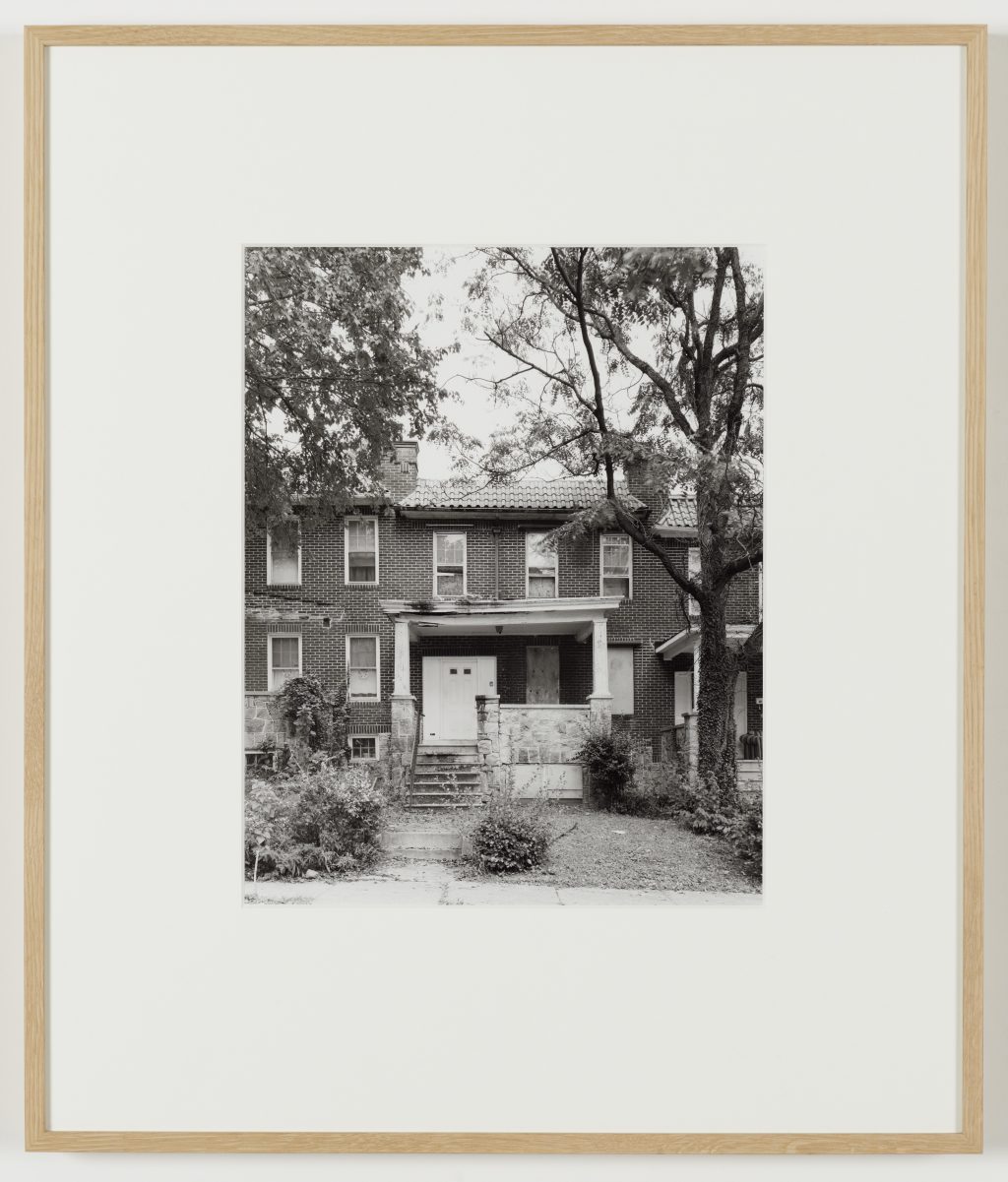
Joachim Koester
Some Boarded Up Houses (Baltimore #3), 2010
silver gelatin print
32,5 x 25,5 cm (image), 50 x 42 cm (frame)
edition of 3 and 2 A.P.
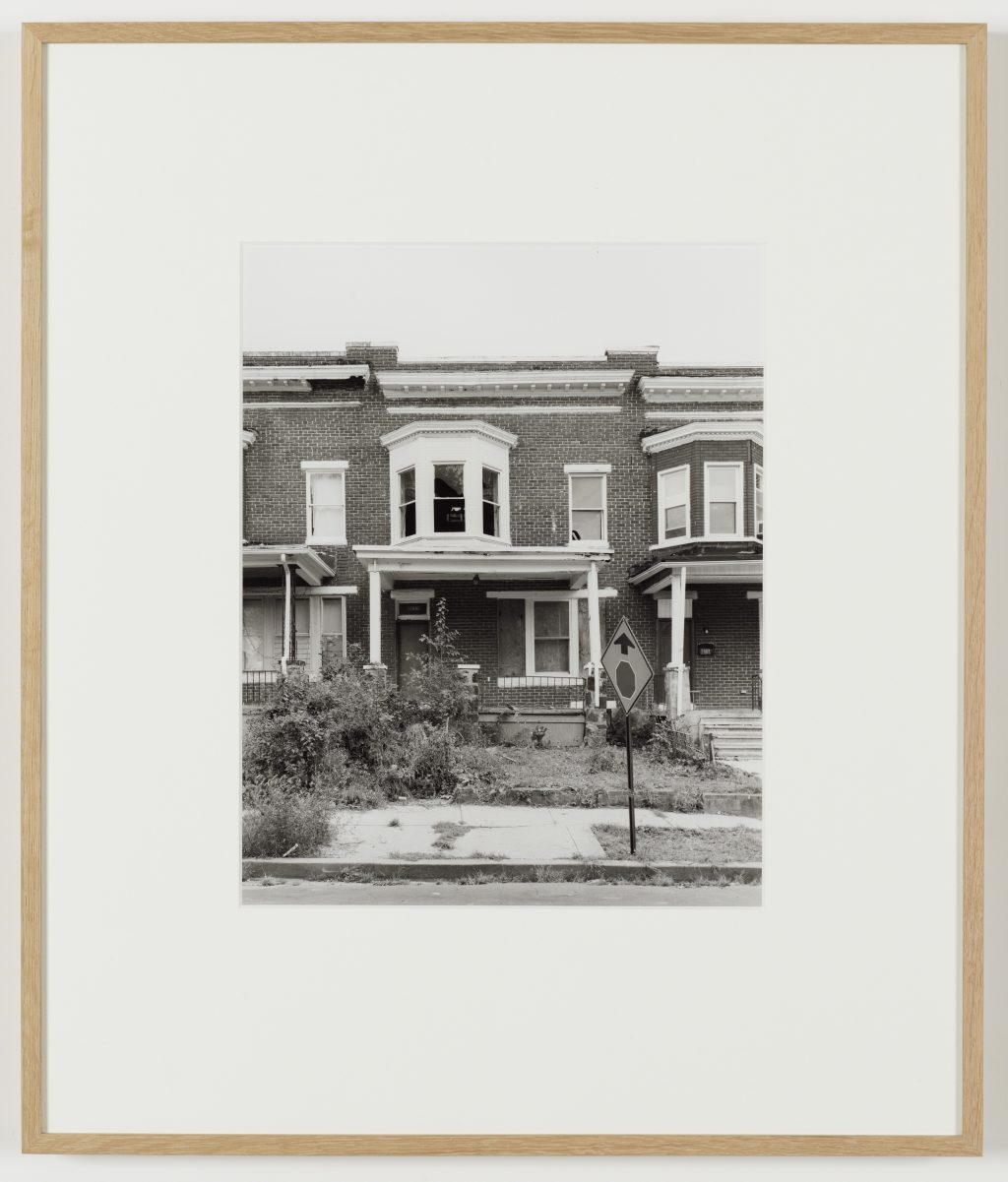
Joachim Koester
Some Boarded Up Houses (Baltimore #2), 2010
silver gelatin print
32,5 x 25,5 cm (image), 50 x 42 cm (frame)
edition of 3 and 2 A.P.
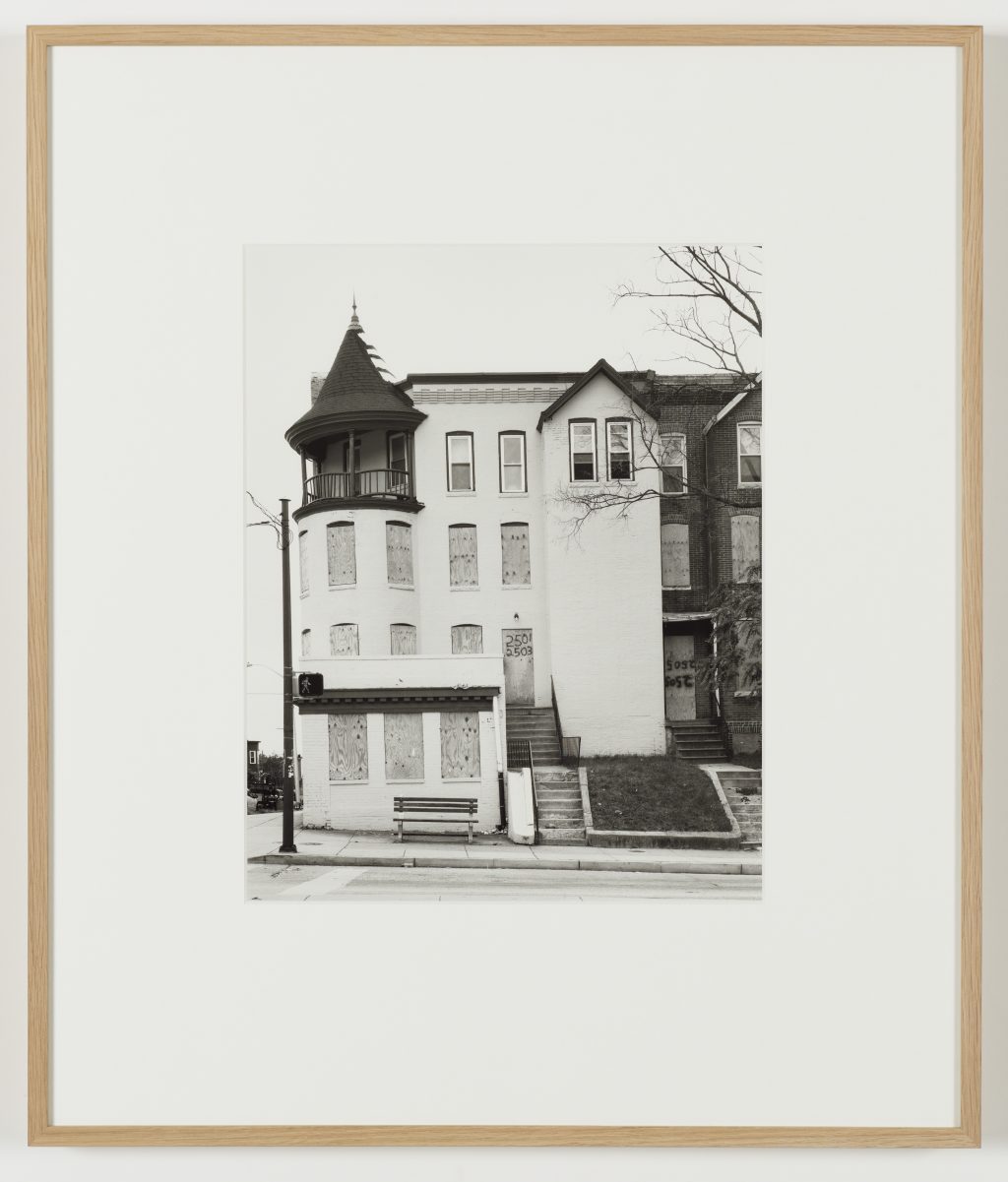
Joachim Koester
Some Boarded Up Houses (Baltimore #4), 2010
silver gelatin print
32,5 x 25,5 cm (image), 50 x 42 cm (frame)
edition of 3 and 2 A.P.
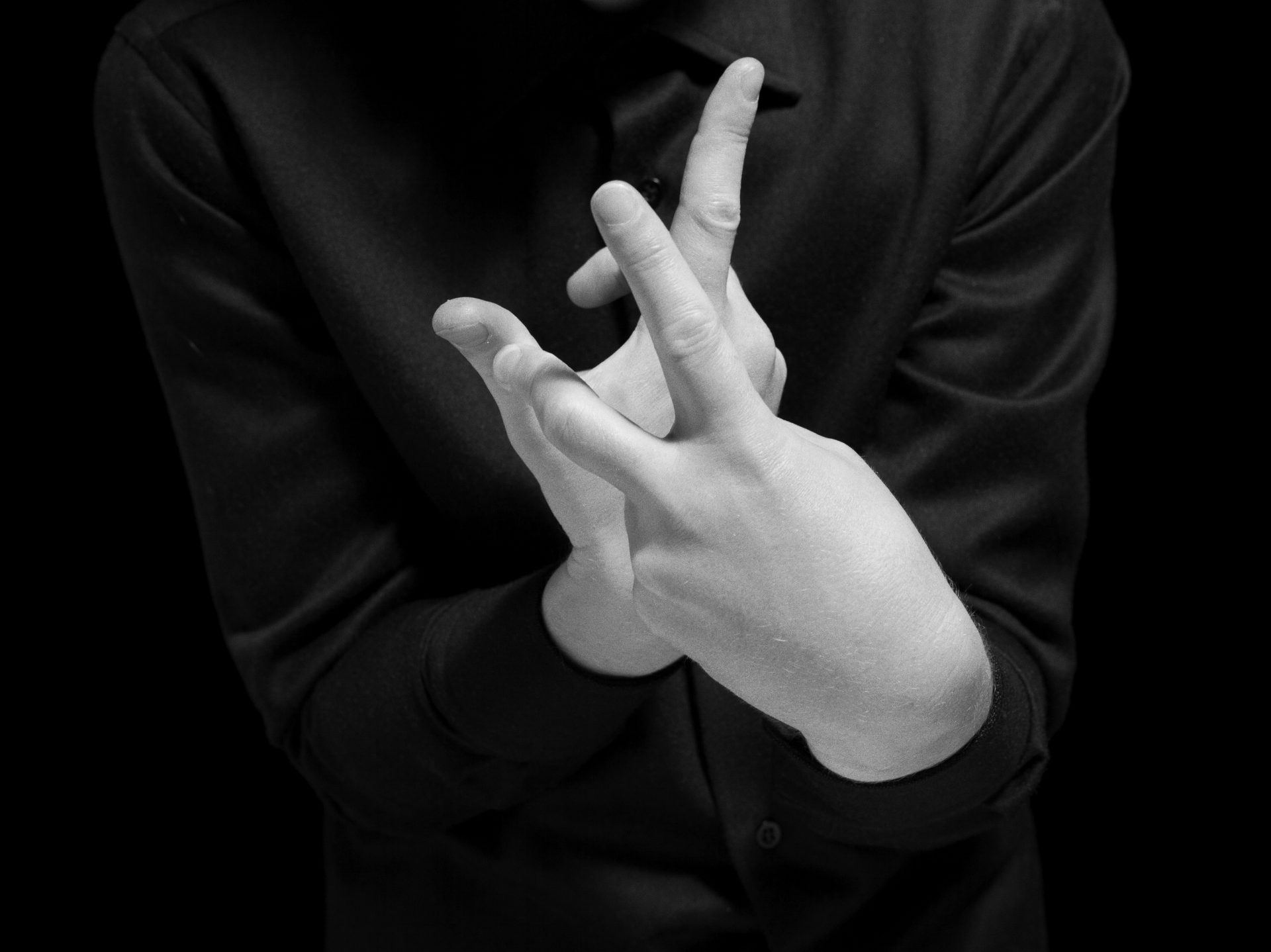
Joachim Koester
Variations of Incomplete Open Cubes, 2011
16mm film, black and white, silent
8 minutes 15 seconds
edition of 5 and 2 A.P.
In 1974, Sol LeWitt exhibited 122 variations on the theme of incomplete open cubes presented as sculptures, photographs and schematic drawings. Here, LeWitt continued his lifelong investigation of conceptual and serial procedures, creating a work that animates contradiction by deploying an idea to become a “machine that makes art.” Variations of Incomplete Open Cubes occupies a territory of objective, subjective, rational, compulsive and irrational exchanges. These are inscribed in the tension between the irreproachable system-like logic of its presentation, and the very premise of the “machine” itself, which seems to short-circuit necessity and reason. LeWitt writes that “conceptual artists are mystics rather than rationalists” and that “irrational judgments lead to new experience.” Perhaps the irrational “new experience ” produced by Variations of Incomplete Open Cubes and its machinery should be understood, apart from being something tangible, as a call to explore or lose oneself in the affective and critical terrain that makes the work and its reception. (J.K.)
Joachim Koester
Tarantism, 2007
16 mm film, black and white, silent
6 minutes 30 seconds
edition of 5 and 2 A.P.
Tarantism is a condition resulting from the bite of the wolf spider, originally known as the tarantula. The bite causes numerous symptoms in the victim: nausea, difficulties in speech, delirium, heightened excitability and restlessness. The bodies of the bitten are seized by convulsions that previously could only be cured by a sort of frenzied dancing. Even the Bishop of Polignano, who in the seventeenth century allowed himself to be bitten to disprove the cure, felt compelled to dance to relieve his symptoms.
This “dancing-cure” called the Tarantella emerged during the Middle Ages as a local phenomenon in and around the city of Galatina, in southern Italy, and was widespread in the region up until the middle of the twentieth century. Since then, the Tarantella has evolved from a form of uncoordinated movement – where people would “quiver and hurl their heads, shake their knees, grind their teeth and make the actions of madmen” – into a highly stylized dance for couples.
My interest in tarantism is tied to its original form: a dance of uncontrolled and compulsive movements, spasms and convulsions. In the film I have utilized this idea to generate the movements of the dancers. In six individually choreographed parts, the dancers attempt to explore a type of grey zone: the fringes of the body or what might be called the body’s terra incognita. (J.K.)
Biography
Joachim Koester
Born in Copenhagen in 1962
Graduated from the Royal Danish Academy of Fine Arts in 1993
Lives and works in Copenhagen
View full biography
Bibliography
News
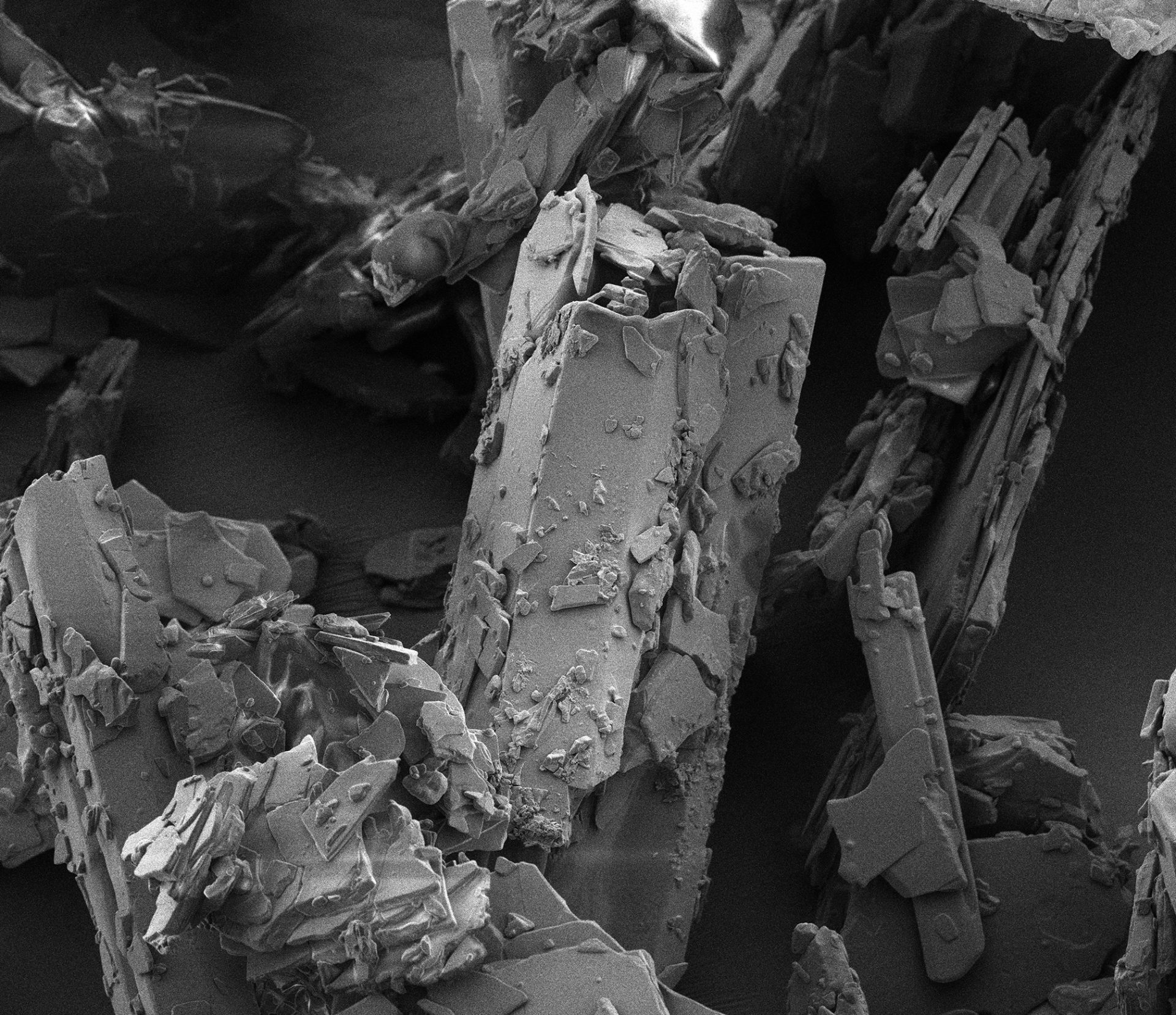
Simultaneously with his show at the gallery, Joachim Koester's solo exhibition at Museum Dr Guislain opens on Saturday 20/03. The exhibition titled Altered States brings work together that investigate unknown territories, both geographical and mental. An ‘altered state of consciousness’ refers to a temporary change in the mental state. The cause is often external, such as a drug or a ritual, but also internal, such as a psychosis or simply a daydream. Koester shares his fascination with the effect of intoxicants with shamans and hippies, but also with psychiatrists. The latter recognised the therapeutic possibilities, but they were also confronted with the destructive power. Joachim Koester’s work delves into the historic context in which drugs were grown, traded and used, and draws parallels with the contemporary situation. Big and small stories impartially reveal our relationship with intoxication.
